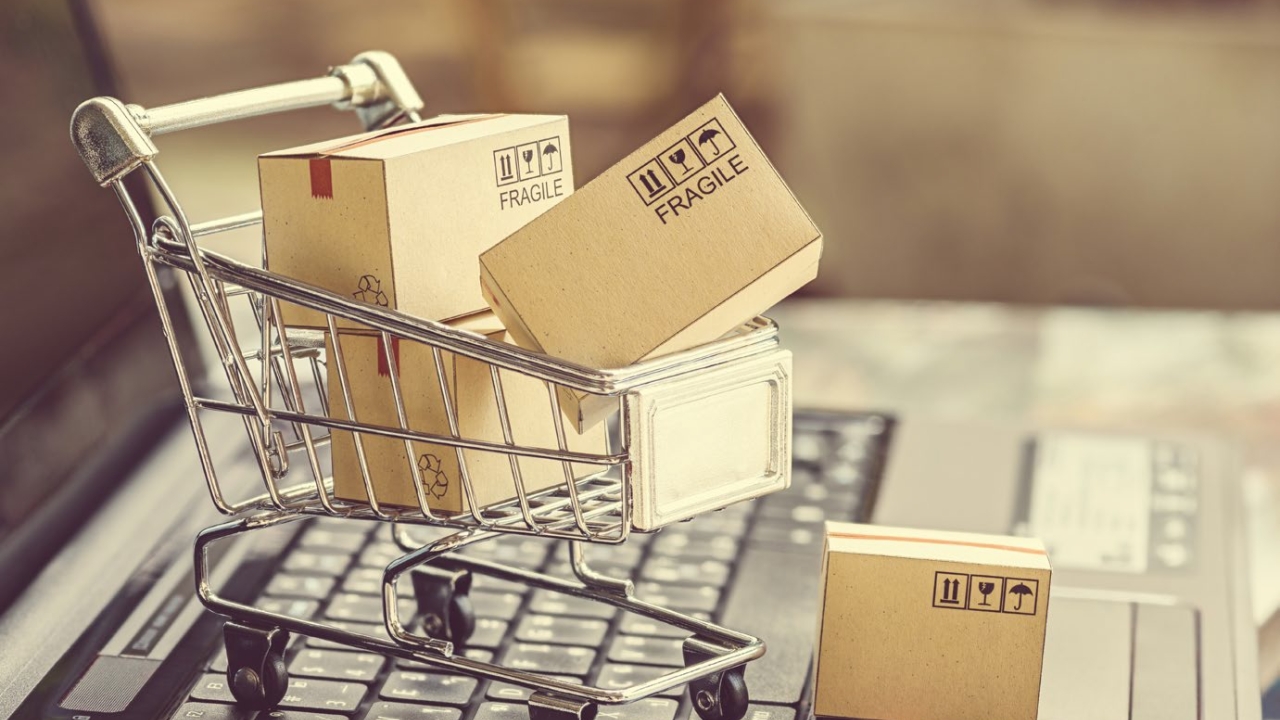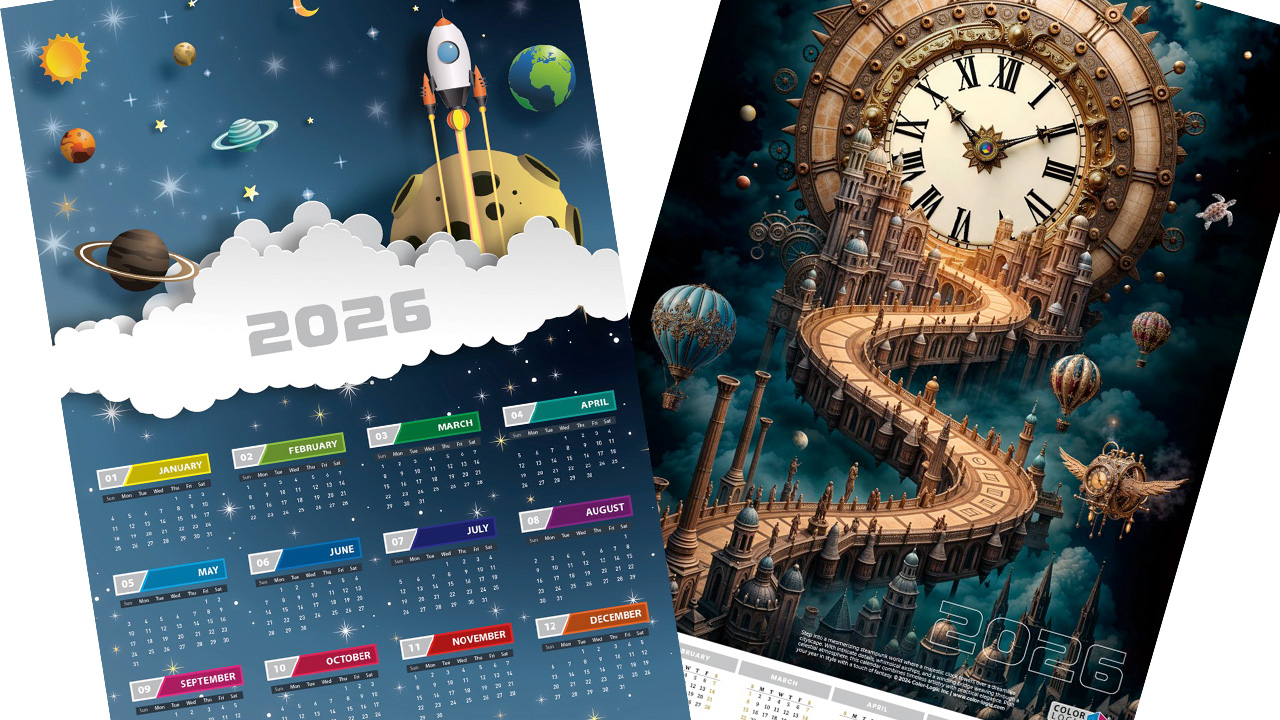Labels and packaging in a digital world

For years, brands have recognized the importance that labels and packaging can play in purchase decisions at the store shelf. Eight seconds is all it takes for a shopper to decide which product they will take home with them. You have eight seconds to make an impact with your labels and packaging, so you better make it count. Marketers often refer to packaging as an extension of a brand’s sales team.
But as online shopping becomes more ubiquitous, what happens when the grocery store shelf becomes digital? Will packaging have as much of an impact as the physical shelf becomes virtual? Will there still be a need for value-added, dynamic packaging?
Kantar Retail estimates e-commerce today makes up just 2 percent of grocery sales. By 2025, researchers predict that 20 percent of all grocery sales, representing around $100 billion USD, will come from online shoppers, data from the Food Marketing Institute and Nielsen reported.
A Nielsen report says: ‘While e-commerce represents a sliver of the overall dollar sales, it’s growing rapidly and steadily gaining prominence. In fact, online channels have driven 90 percent of growth in fast moving commercial goods in the past year.’
According to Nielsen, e-commerce sales of FMCG grew 21.1 percent from 2015 to 2016, while brick and mortar stores grew only 0.1 percent.
As long as e-commerce sales continue to chip away at traditional brick and mortar, it’s fair for label and packaging converters to question what their role – and the role of packaging – will be in the era of digital disruption. Can print sustain in the world of internet store shelves?
The good news
The role of labels and packaging in an increasingly digital world was among the topics examined at TLMI’s PrintTHINK Summit, hosted last September. One of the event’s sessions was dedicated to exploring whether the proliferation of e-commerce is impacting packaging – for better or for worse.
One could stand to reason that if we take away the physical shelf, we’re also taking away dynamic labels and packaging. In fact, it’s quite the opposite, experts say, including Dr Thomai Sedari who spoke at the TLMI technical conference.
‘Rather than moving to simple and generic format of packaging I believe that we are going to see brands moving in the direction of wanting more elaborate packaging,’ said Sedari, a professor at New York University and a strategist in luxury marketing and branding.
Troy Johnson from SGK, who also spoke at the TLMI technical conference, agreed with Sedari. ‘Will future products be supplied in generic packaging forms? My belief is no. In fact, we’re seeing the contrary. Marketers and brand owners today are looking for any and all ways to engage in greater detail with consumers. They’re spending more time and effort and money on enhancing designs through a variety of fashions. Generally, it means more colors, more complicated packaging. I don’t believe brands will be reverting to generic packaging any time soon.’
Brands still want their packaging to make an impact, no matter how it’s purchased, Dr Sedari said. For brands to be successful both online and in the stores, they must ensure that packaging remains an integral piece of the purchasing decision.
‘I believe that the proliferation of digital channels and the growth of e-commerce has actually made brands pay more attention to how their physical product is constructed; how the physical product is packaged. What is the type of label printing that decorates the surface of the product? How can that product make a more memorable impression on the consumer?’
It’s equally important to ensure that a brands’ packaging meets consumer expectations once they open that package on their doorstep, experts say. The experience of e-commerce packaging must reflect consumer expectations from shopping with that brand in stores. In other words, shoppers expect products that are delivered to their homes to look like those they purchase in a store.
‘There can be a gap between the experience the consumer has online to the experience one has when having the product in their hands,’ Dr Sedari said. ‘Brands want to bridge that gap and create consistency with visuals that are easier to transfer to the real world. Texture is one of those tools that allow us to do that.’
A shifting landscape
Most of the conversation on e-commerce is driven by convenience and centered on giants like Amazon and Alibaba. Shoppers moved online for its convenience and competitive prices. Marketing Profs says that 23 percent of shoppers buy groceries online, and that figure is expected to more than triple in less than 10 years.
Also what we saw in 2017 was a blurring of the lines between online and traditional retailers. With Amazon’s purchase of Whole Foods, the online retailer has entered traditional markets, whereas when Walmart bought Jet.com for $3 billion USD it was largely seen as the company’s entry into its own e-commerce model.
At this point, it’s not a matter of ‘if’ brands and chains will adopt an e-commerce strategy, it’s ‘when.’ A recent article in Forbes predicted that e-commerce is only going to get stronger in 2018.
‘We’ve only begun to see Amazon’s impact on the retail landscape,’ Tom Popomaronis wrote in Forbes. ‘They’re transforming the way brands like Walmart compete and acquire customers; this trend will continue.’
Stay up to date
Subscribe to the free Label News newsletter and receive the latest content every week. We'll never share your email address.


